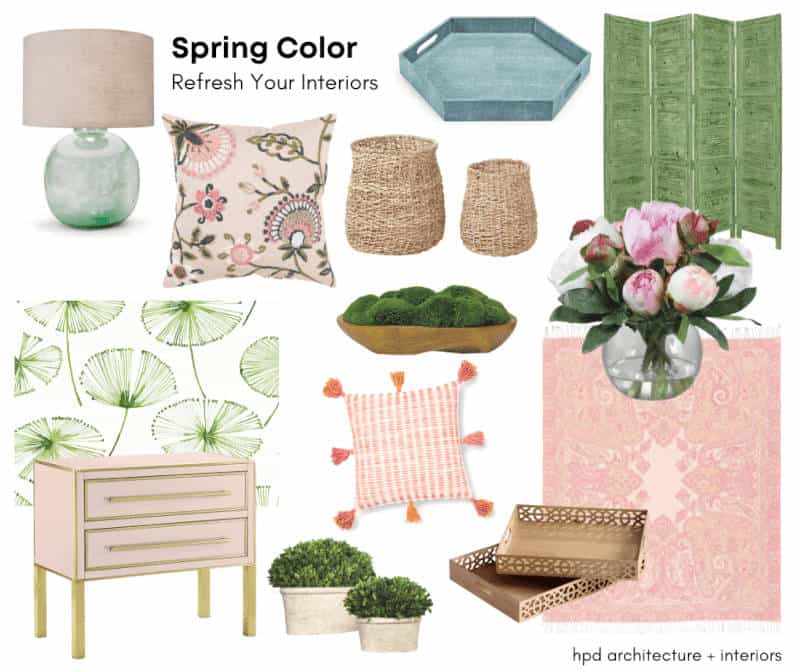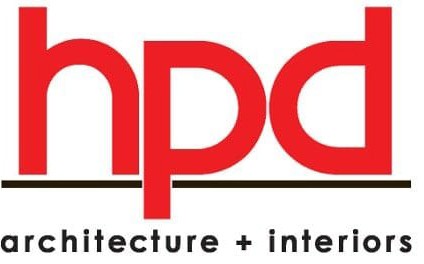
Planning to make some changes to the interior décor of your home? Whether those adjustments are significant or minimal, one popular source of inspiration can be found on the latest mood boards from popular interior design experts.
A mood board is a digital (or hardcopy) montage to the styles, patterns, or textiles an interior decorator seeks to infuse into their project. Basically, a mood board provides a collage of images and materials which become the basis for the project’s vision.
Ironically, some of today’s most popular mood board feature design trends that are equally nostalgic and current. While the panache is reminiscent of the past, the purpose is influenced by recent global events and society’s responses to them.
What follows are some of the latest interior design trends appearing on popular mood boards and shoppable collections should you want to incorporate some of them into your own home.
Nature-inspired surfaces and objects.
Our culture has become increasingly “green,” due to our heightened awareness of sustainability. You only need to peruse your local Target shelves to notice the countless house-cleaning products curated with oceans and forests and the animals that live in those spaces in mind.
In fairness, earthy shades have never really disappeared. Most people are comfortable with brown tables and furniture. However, this is also about texture, shape, and a sense of warmth.
The trends, then, are towards larger pieces featuring carved images and sculptural items. Also, there’s a move toward décor that connects the inside of the home to the outside. This doesn’t require an exterior renovation. While it’s better if you have a porch, patio, or garden nearby, implementing outdoor furniture styles and textures at select places inside your home is also an option.
Tactile textiles
It sounds redundant, but it’s not. In this case, what makes a textile “tactile” are the imperfections or the contrasting materials being used. Rough spots, stress fractures, raised portions, and the blending of harsh and smooth materials suggest a push against perfection which is surprisingly complementary.
It’s a bit like jazz music. Some interior designers have developed an appreciation for bending the rules when it comes to texture and appearance. I mean, the first person to make a charcuterie board was probably looked at as crazy until someone ate a cracker piled with mustard seeds, honey, jam, pickled cauliflower, and some meat and cheese they couldn’t pronounce.
Room dividers
One obvious response to the Covid outbreak was the need for the dual-purpose space. Few people have extra rooms in their home just waiting to be used. With more and more people working from home, suddenly the home office became your child’s science lab, or your kitchen became the corporate boardroom.
Portable room dividers date back centuries ago in Asia, and they allow users to have a space in the home that’s multi-functional. However, dividers don’t have to merely be privacy screens or portable walls. They can also be attractive Zoom backgrounds or, when moved elsewhere, may even serve an additional function in the home such as bonus shelving.
Be creative with this decision. Much like they were in years past, your room divider can become an attractive piece of furniture in your home.
Vintage accents
Years ago, the Millennials were all about the antique look. Today, that trend is still going strong; although, presently we see it with the popularization of thrift store shopping by Gen Z.
Essentially, we’re witnessing not only a desire to connect with our past but also an appreciation for the sustainability mentioned earlier. There’s a resistance to purchasing “new stuff” when perfectly good “old stuff” is available. So, any place where you reuse and repurpose materials is appropriate and preferable.
It’s appealing, today, to give something historical and dated a new life or a new purpose. It’s seen as both trendy and responsible.
Bold colors and shapes
The 80’s featured neon, lots of makeup, big “hair” (bands), and tight-fitting leather clothes. It also provided us with interior pastels, brash geometric shapes, and leather furniture. In some cases, these preferences are making a comeback.
While this trend might seem at odds with the implementation of earth-tones, the idea of blending these fashion styles has become more popular lately. There’s an appeal to the “glam” style of thin furniture legs, bits of gold infused into items, or the use of mirrors or reflective materials.
People want their interior space to say something about their personality. The whitewashed, gray, and beige tones are disappearing in favor of vibrant spaces with charm and character.
Accessories out in the open
Everyone has (or at least remembers) the kitchen junk drawer. Perhaps in some homes there are several such drawers in various rooms. But today’s trends suggest we don’t necessarily have to hide all of our random, haphazardly used items anymore.
Laura Davis is a registered architect and interior designer in the state of Texas and Colorado, and a founding member of hpd architecture + interiors. Laura's extensive experience includes residential as well as commercial and retail projects. She also has a particular interest in restoration, holding a certificate in Historic Preservation. She is energized by the character of older homes and the stories of those who have lived there. Responding to the needs of the current owner, while also honoring the personality of the original home is a delicate process to be enjoyed.

0 Comments